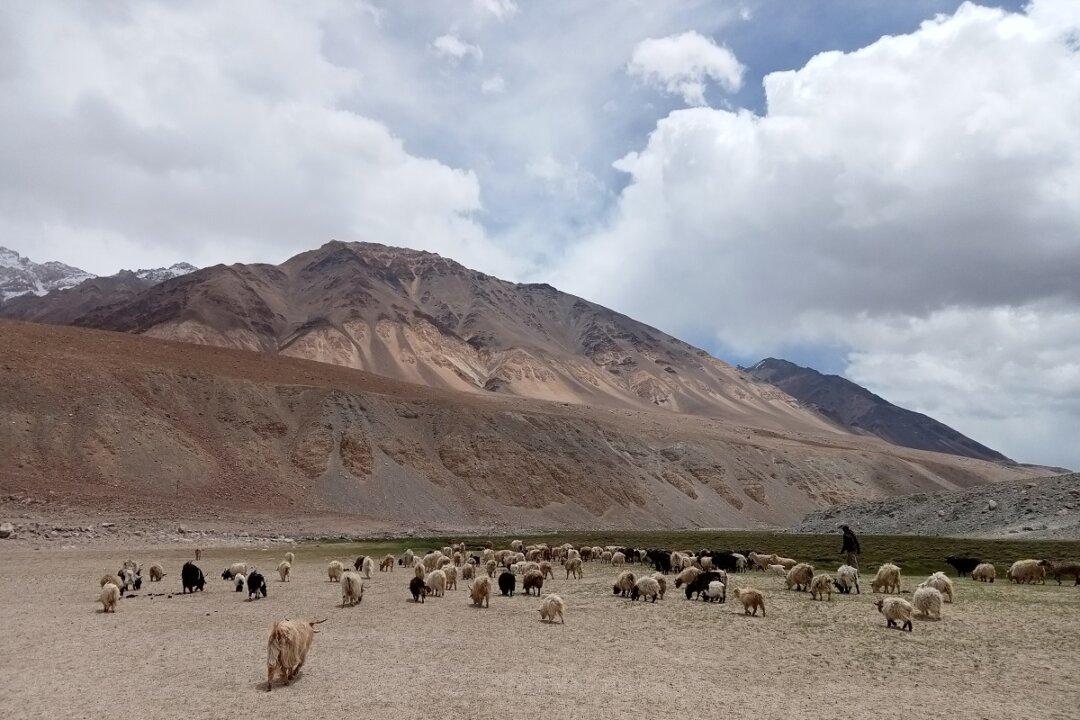NEW DELHI—Indian shepherds in the trans-Himalayan region of Ladakh stood their ground against Chinese soldiers on Jan. 2 when People’s Liberation Army (PLA) soldiers stopped the shepherds’ livestock from grazing in territory claimed by both countries.
The issue eventually led the Indian government to promise shepherds that a few soldiers would accompany them during the next grazing season in the region, according to local officials.





